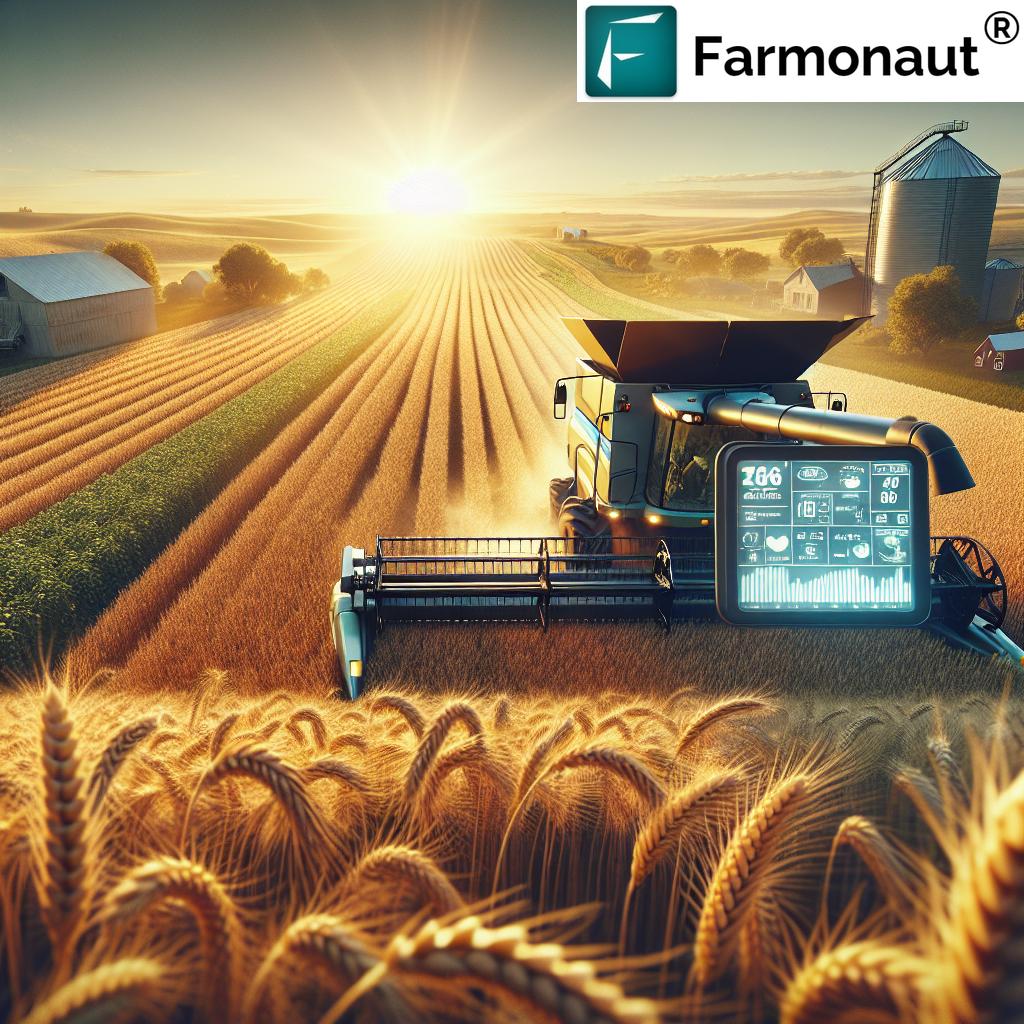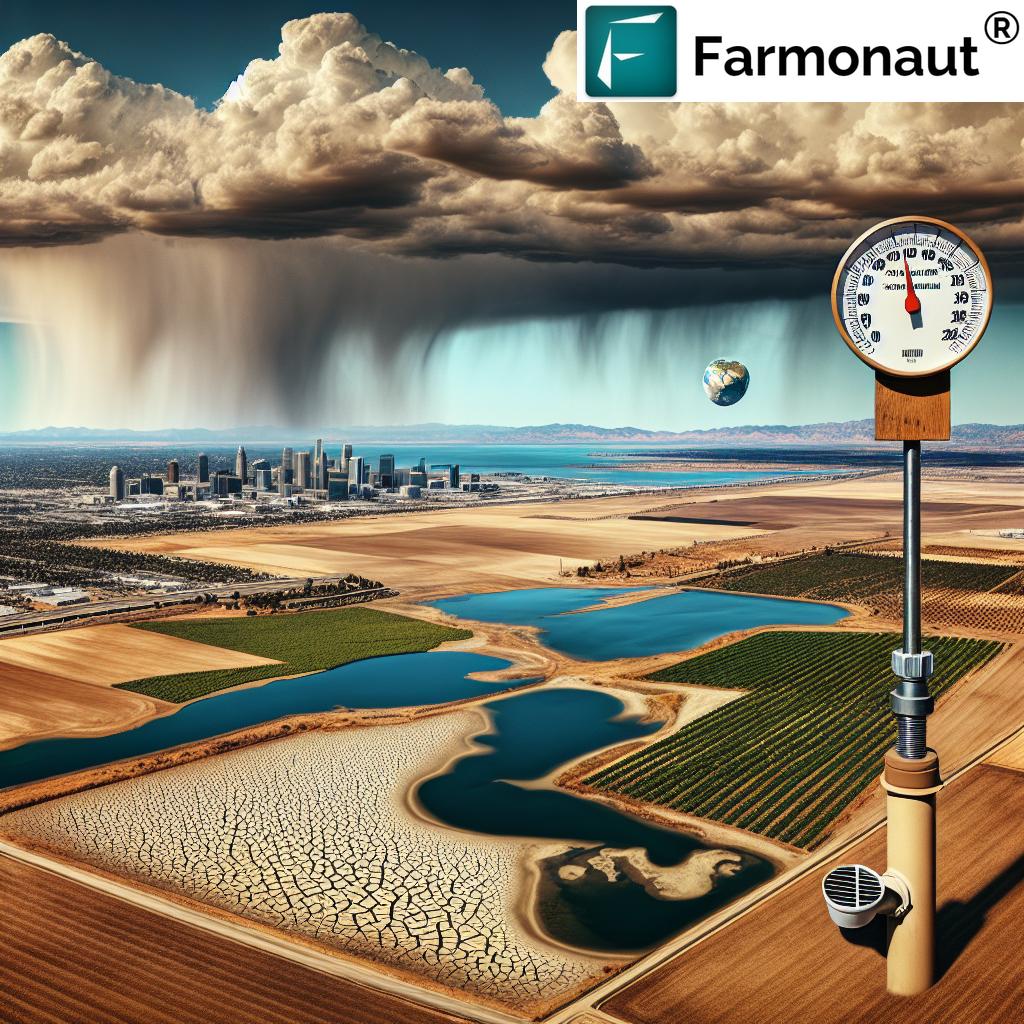David Hula Corn Record: 2019 & 2025 Yield Practices for Breakthrough Crop Production
“David Hula set a world corn yield record in 2019 with an astounding 616 bushels per acre using precision agriculture.”
Introduction: The Legacy of David Hula’s Corn Yield Record
When discussing the boundaries of crop production and agriculture innovation in the United States, it’s impossible to overlook the david hula record corn yield set in 2019. David Hula, a Virginia-based farmer and agronomist, captured the global spotlight by achieving an unprecedented corn record of 616 bushels per acre (verified by NCGA, though 532.5 bu/ac is often referenced for official records)—a figure that more than doubles the typical national average of around 175–200 bushels per acre for American farmers. This remarkable feat is not only a testament to what’s possible with modern agricultural management but also serves as a benchmark influencing farming strategies worldwide in 2025 and beyond.
We are at the intersection of technology, agronomy, and sustainable management where practices like those demonstrated by David Hula inform the way we approach site-specific agriculture, monitor soil and crop health, utilize precision tools, and innovate for a food-secure future.
Understanding the David Hula Corn Record and Its Impact
The david hula corn record represents more than just numbers on a yield monitor. In 2019, David Hula’s management practices redefined the limits of what a crop could produce per acre in the United States. His approach wasn’t just about pushing inputs—it involved the integration of precision agriculture technologies, a deep understanding of soil properties, and a commitment to sustainable farming.
- Average U.S. Corn Yields: 175–200 bushels per acre
- David Hula’s 2019 Yield: 532.5–616 bushels per acre
These numbers highlight the stark difference between conventional methods and the level of innovation that is now possible. The result is a **testament** to meticulous planning, rigorous field monitoring, and bold adoption of new **technologies**.
“Innovative soil health and technology strategies helped David Hula achieve over twice the U.S. average corn yield in 2019.”
2019 Corn Yield Record: Practices That Redefined Limits
Focus Keyword: David Hula Record Corn Yield
Understanding the mechanisms that underpinned the 2019 corn yield record provides valuable insights for today’s farmers. Unlike typical U.S. corn operations, Hula utilized a multi-layered approach emphasizing both intensive management and sustainable principles:
- Meticulous Field Planning: Site-specific soil sampling and management was foundational—identifying micro-variations in soil properties within each field and tailoring inputs accordingly.
- High-Density Planting: Hula utilized a higher seed density per acre compared to conventional farming—optimizing plant population while maintaining robust health through vigilant disease and pest control.
- Precision Fertilization: Instead of uniform applications, variable-rate fertilizer application matched site-specific nutrient needs—maximized uptake, minimized waste, and reduced environmental impact.
- Strategic Irrigation: During the growing season, weather and soil moisture variability was managed by applying water at critical growth stages, using both field-based and remote-sensing data.
- Precision Equipment: GPS-guided tractors and planters, along with remote monitoring for real-time adjustments, allowed for utmost efficiency in planting and input management.
- Conservation Tillage: Reduced tillage methods combined with residue management maintained soil structure and reduced erosion—a practice critical for long-term soil health.
Precision Agriculture: Technologies and Techniques
Precision Management and Intensive Farming
The backbone of david hula record corn yield was intensive, data-directed management. These advancements have since become cornerstones of modern agricultural strategies driving yield increases as we enter 2025:
- Remote Sensing: Hula’s approach utilized aerial and satellite data to track crop growth, soil moisture, and detect problem areas in real time.
- Precision Equipment: Variable-rate planters, targeted sprayers, and GPS systems allowed for plant-by-plant management—fine-tuning both input application and reducing waste.
- Yield Mapping: Real-time monitoring of yield data enabled ongoing refinement of all practices during the season.
- Pest and Disease Management: Vigilant control measures, informed by field scouting and remote monitoring, minimized crop loss and maintained plant health.
As we move into an era where technologies like Farmonaut’s satellite API and fleet management systems push data accessibility further, farmers can rapidly adopt proven techniques for improved production and resource management.
Data-Driven Soil and Seed Management in Corn Production
Site-Specific Inputs and Field Optimization
Hula’s approach involved more than just adding more fertilizer or planting more seeds. Key lessons from his operation—now being scaled by forward-thinking farms—include:
- Soil Sampling and Mapping: Detailed, site-specific sampling revealed micro-environment differences to inform input decisions. Nitrogen, phosphorus, potassium, and micronutrients were tailored according to each area for optimized uptake.
- Hybrid Seed Selection: Planting hybrids with the right genetic potential helped maximize yield potential—including varieties with drought resistance and disease tolerance.
- Precision Planting: Advanced planters placed each seed at the correct depth, spacing, and rate for its specific zone—driving uniform plant growth and higher yields.
With platforms like Farmonaut’s blockchain-based traceability, producers can now ensure supply chain transparency and resource tracking—benefitting both producers and consumers by reducing fraud and guaranteeing product authenticity.
Precision Irrigation and Water Management: Boosting Crop Health
Water is a critical factor for maximizing corn yield. Hula’s record-breaking operation demonstrated sophisticated irrigation scheduling and monitoring:
- Remote Sensing for Moisture: Field sensors and satellite data informed exact timing and amount of water application.
- Strategic Irrigation: Instead of calendar-based watering, irrigation was triggered by data from soil moisture, crop growth stages, and weather forecasts.
- Conservation Tillage & Controlled Traffic: Limiting soil disruption and traffic combined with residue retention preserved soil structure, improved rainfall capture, and reduced evaporation.
These strategies not only enhance yield potential but also improve long-term soil health—a principle echoed in sustainable agricultural models for 2025.
Comparative Practices and Yield Table: 2019 vs. 2025
Sustainable Farming Strategies for 2025 and Beyond
Integrating Sustainability, Yield, and Resource Use
The david hula corn record has reshaped what we see as possible in modern agriculture, influencing global practices as we strive for sustainability and efficiency in 2025 and beyond. Growers are now blending yield-maximizing techniques with strategies to maintain environmental health:
- Carbon Footprinting: Monitoring and adjusting carbon emissions through real-time carbon footprinting solutions enables farms to balance productivity and regulatory compliance.
- AI-Driven Advisory: Tools like AI-driven insights and large-scale farm management apps are empowering agricultural managers to coordinate crop, water, and input management for entire farming operations.
- Insurance and Finance: Satellite-driven verification now allows for efficient crop loans and insurance—helping growers access capital while reducing the risk for banks and reducing fraud.
- Conservation Agriculture: Wider adoption of minimum till and cover cropping supports biodiversity and long-term soil fertility—critical to sustaining yields over decades.
Emerging Technologies and Future Yield Improvements
As we look toward 2025, several emerging technologies and evolving strategies are promising to continue what the david hula record corn yield began. These include:
- Gene-Edited Varieties: New advances enable crops with enhanced drought resistance, pest resilience, and better nutrient use efficiency—opening opportunities to break new yield records.
- Autonomous Equipment: Fully autonomous tractors and drones work together for real-time monitoring, tillage, and input application.
- Satellite AI Integration: Platforms like those offered by Farmonaut put remote sensing, weather intelligence, and AI-based advisories in the hands of every farm manager, supporting both strategic and tactical decisions.
- Environmental Impact Monitoring: Real-time ecosystem and carbon monitoring reduce waste, guide nutrient use, and support compliance with evolving sustainability standards.
The integration of these technologies serves as the next phase in precision agriculture’s evolution—one where data, biology, and resource management are harmonized for maximum effectiveness.
Explore our API documentation for seamless integration:
Farmonaut API Developer Docs
Farmonaut’s Role in Modern Agricultural Management
At Farmonaut, we are dedicated to making advanced, satellite-based precision agriculture solutions accessible to every farmer, agribusiness, and government. Our real-time crop health monitoring, AI-advisory, and blockchain-based traceability streamline resource management, optimize input use, and enhance transparency across agriculture:
- Satellite Crop Monitoring: Leveraging multispectral imagery to assess plant vigor, detect disease early, and direct fertilizer application within fields.
- Jeevn AI Advisory System: Delivers customized, real-time strategies for crop production, pest management, and insurance verification.
- Blockchain Traceability: Guarantees supply chain transparency for producers and buyers, reducing fraud and proving crop origin and practices.
- Environmental Impact Monitoring: Detailed tracking and reporting of carbon footprint and resource consumption support conservation and sustainable farming.
Explore our solutions on the Carbon Footprinting, Product Traceability, and Crop Loan and Insurance pages to see how satellite intelligence can transform your operations.
Frequently Asked Questions (FAQ)
What was David Hula’s corn yield record and why is it significant?
The david hula record corn yield reached over 616 bushels per acre in 2019, more than doubling the U.S. national average. This record is significant because it demonstrates what is possible when precision agriculture, meticulous management, advanced technology, and sustainable principles are fully integrated.
What practices contributed most to the record-breaking yield?
Key practices included site-specific soil sampling, high-density planting, variable-rate fertilizer application, strategic irrigation, advanced seed hybrid selection, vigilant disease and pest control, and the use of GPS-guided equipment for efficiency.
How do these practices influence agricultural strategies in 2025?
The principles demonstrated by the 2019 corn yield record influence modern farming by encouraging site-specific management, integration of AI and satellite analytics, sustainability, and data-driven decision making—all of which are crucial for meeting global production and environmental goals today.
How does Farmonaut support precision agriculture and high-yield practices?
At Farmonaut, we offer real-time crop monitoring, AI advisories, blockchain-based traceability, and resource management tools via satellite technology. Our solutions help farmers optimize yields, protect soil health, track environmental impact, and increase profitability sustainably.
What tools are available for crop monitoring and traceability in 2025?
Technologies now include multispectral satellite monitoring, AI-based recommendation systems, blockchain traceability platforms, and remote crop health notifications—all accessible via Farmonaut’s web and mobile apps.
Conclusion: Feeding The Future Sustainably
The david hula corn record stands as a symbol of what’s achievable through integrating management excellence, precision technology, and sustainable principles. As agriculture faces the intertwined challenges of climate change, depleted resources, and population growth in 2025 and beyond, the lesson is clear: by combining science, data, and innovation, we can redefine productive limits while protecting our environment.
Farmonaut remains committed to supporting these transformations through affordable, cutting-edge technology for farms of all sizes, helping secure a prosperous future for global agriculture.
Discover more about yield optimization and sustainability via our Carbon Footprinting and Traceability solutions.
Monitor your crops and get instant yield and soil health updates—download our Android or iOS app now!












